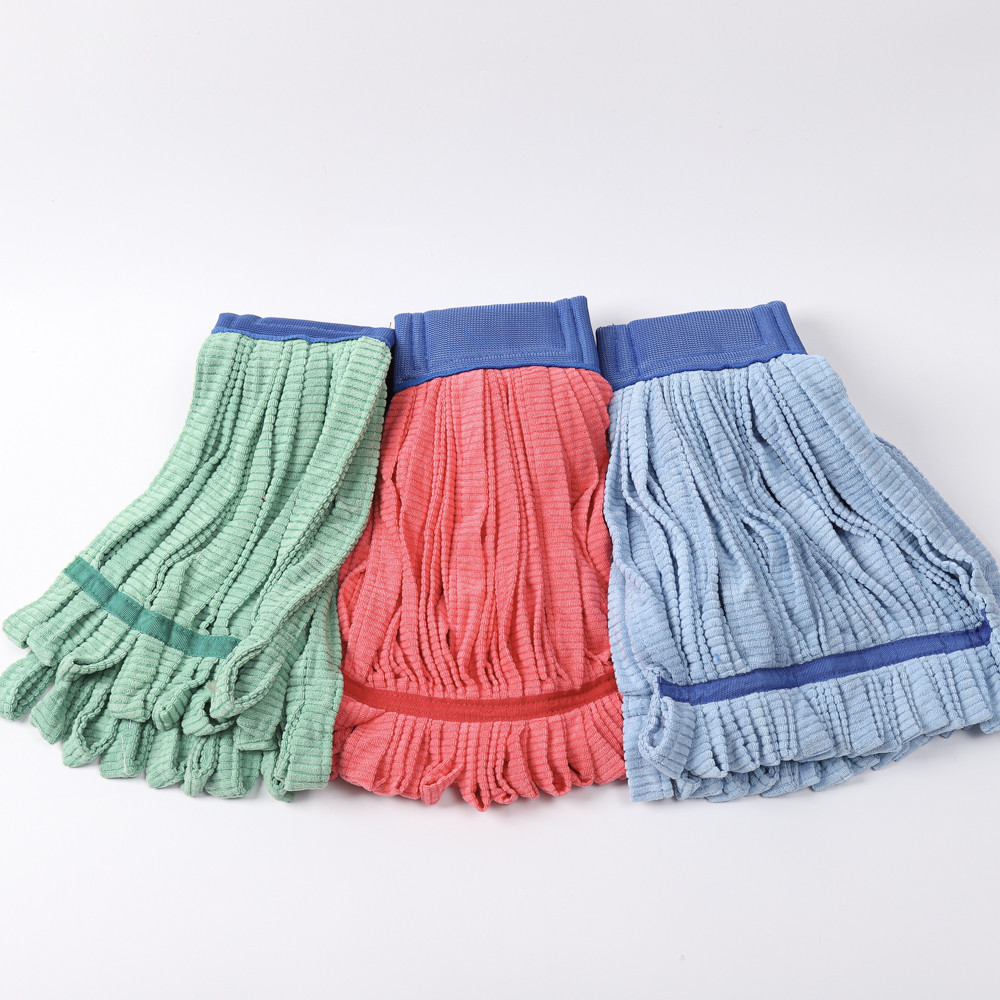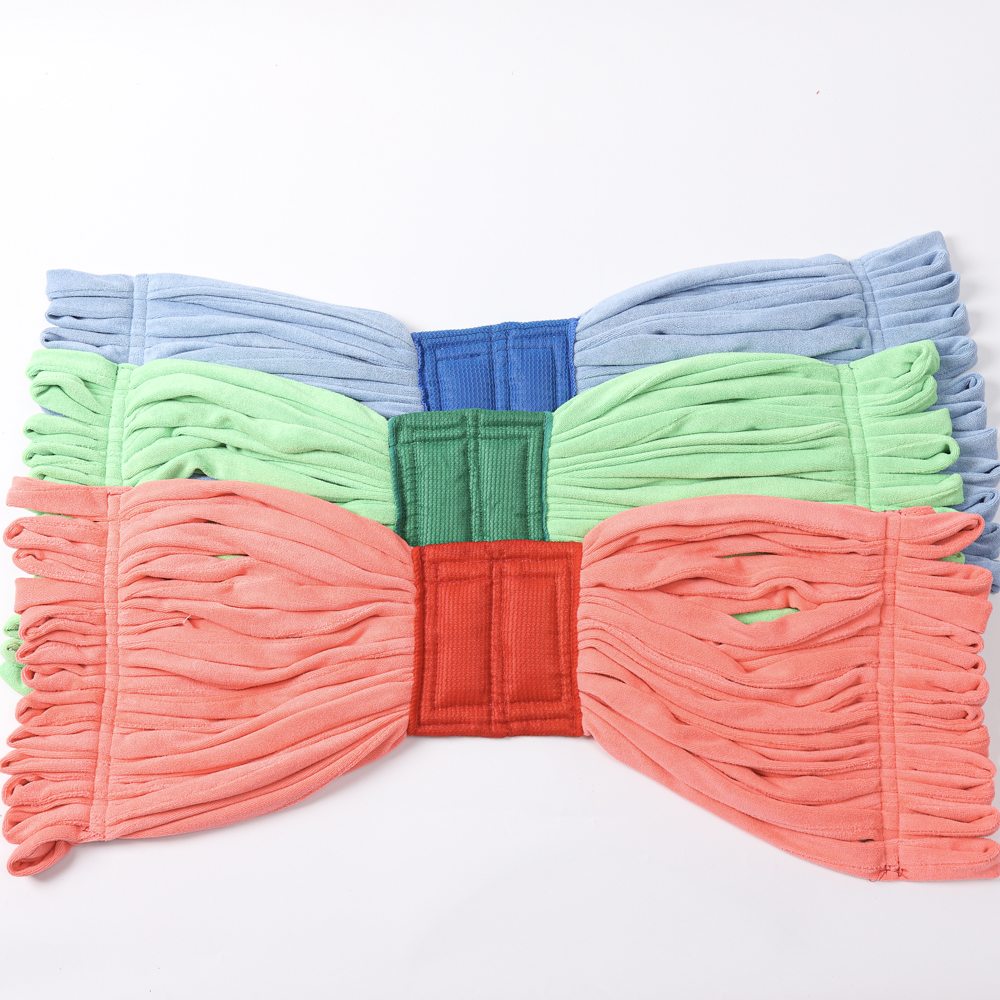The biological characteristics of aphids are really strange-female aphids can be reproduced without males, and male aphids sometimes do not have long beaks, causing them to die shortly after mating. And a research result released last week added an astonishing sum to their list of specific functions: they can also capture sunlight and use this energy for metabolic purposes.
Aphids are the only members of the animal world with the ability to synthesize the pigment carotenoids. Many animals rely on this pigment to perform a range of functions, such as maintaining a healthy immune system or synthesizing certain vitamins, yet all other animals must obtain this pigment through their food. Alain Robichon, an entomologist at the Sophia Science and Technology Park in France, and colleagues pointed out in the "Science Report" magazine that in aphids, this pigment can absorb energy from the sun and convert it into a cellular mechanism involved in energy production.
Although this is unprecedented in the animal kingdom, this ability is common in other kingdoms. Plants and algae, as well as certain fungi and bacteria, can also synthesize carotenoids, and in all these organisms, this pigment forms part of photosynthesis.
Since the discovery of clues in 2010 that high levels of carotenoids in aphids are "produced and sold", Robichon and his research team have begun to investigate why this insect synthesizes this "expensive" metabolic chemical .
Carotenoids determine the pigmentation of aphids, and the color of an aphid determines the type of predator that can see it. The color of aphids in Robichon's laboratory is affected by the environment-cold is good for green aphids. The best conditions will turn the aphids' bodies orange, and when the population is large and facing limited resources, the aphids will show up Out of white.
When the researchers measured the levels of ATP (adenosine triphosphate, the "currency" of energy transfer in all organisms) in aphids, the results were shocking. Green aphids with high levels of carotenoids carry more ATP than white aphids that have almost no such pigment. In addition, when the orange aphids, which have intermediate amounts of carotenoids, are placed in the sun, their ATP production will increase, and when they are transferred to the dark, their ATP content will decrease.
The researchers then crushed the orange aphids and purified their carotenoids, and then proved that these extracts can absorb sunlight and transfer this energy.
Maria Capovilla, one of the authors of this study and another entomologist at the Sofia Institute, emphasized that more work needs to be done before scientists confirm that aphids can actually carry out photosynthesis, but these findings clearly throw out this possibility.
The arrangement of carotene molecules in animals further proves this hypothesis. This pigment forms a thin layer of 0 to 40 microns deep in the cuticle of insects, making it located in a perfect position to capture sunlight.
Nancy Moran, an insect geneticist at Yale University in West Hanwen, Connecticut, first discovered that aphids have genes related to carotenoid synthesis. She pointed out that there are still many unanswered questions here. Moran said: "Energy production seems to be the smallest problem for aphids-their food carries too much sugar, and most of it is useless."
This begs the question, why do aphids still need photosynthesis. But Capovilla reasoned that a battery-like backup might be able to help insects in the face of environmental stress, such as when they migrate to a new host plant.
Aphids, also known as honey beetles and greasy bugs, mostly belong to the family Homoptera Aphididae. They are pests of piercing-sucking mouthparts. They often cluster on leaves, tender stems, flower buds, and top buds. , Curly, deformed, severely cause branches and leaves withered or even the whole plant to die. The honeydew secreted by aphids can also induce coal pollution, viral diseases and attract ant hazards.
We refer to microfiber tube mops because the standards themselves resemble tubes or a little bit wider strand than a traditional string mop. When look at this mop and you can realize it's a much more durable and robust and more effective mop after all it is microfiber. So as it goes across the floor it will pick up more dirt soil grease ice miller residue than its counterpart the old traditional string cotton mop.


Microfiber Tube Mop,Microfiber Tube,Microfiber Tube Mop Head,Microfiber Tube Mop Covers
jiangsu qiyun cleaning knitting product co.,ltd , https://www.maleclean.com